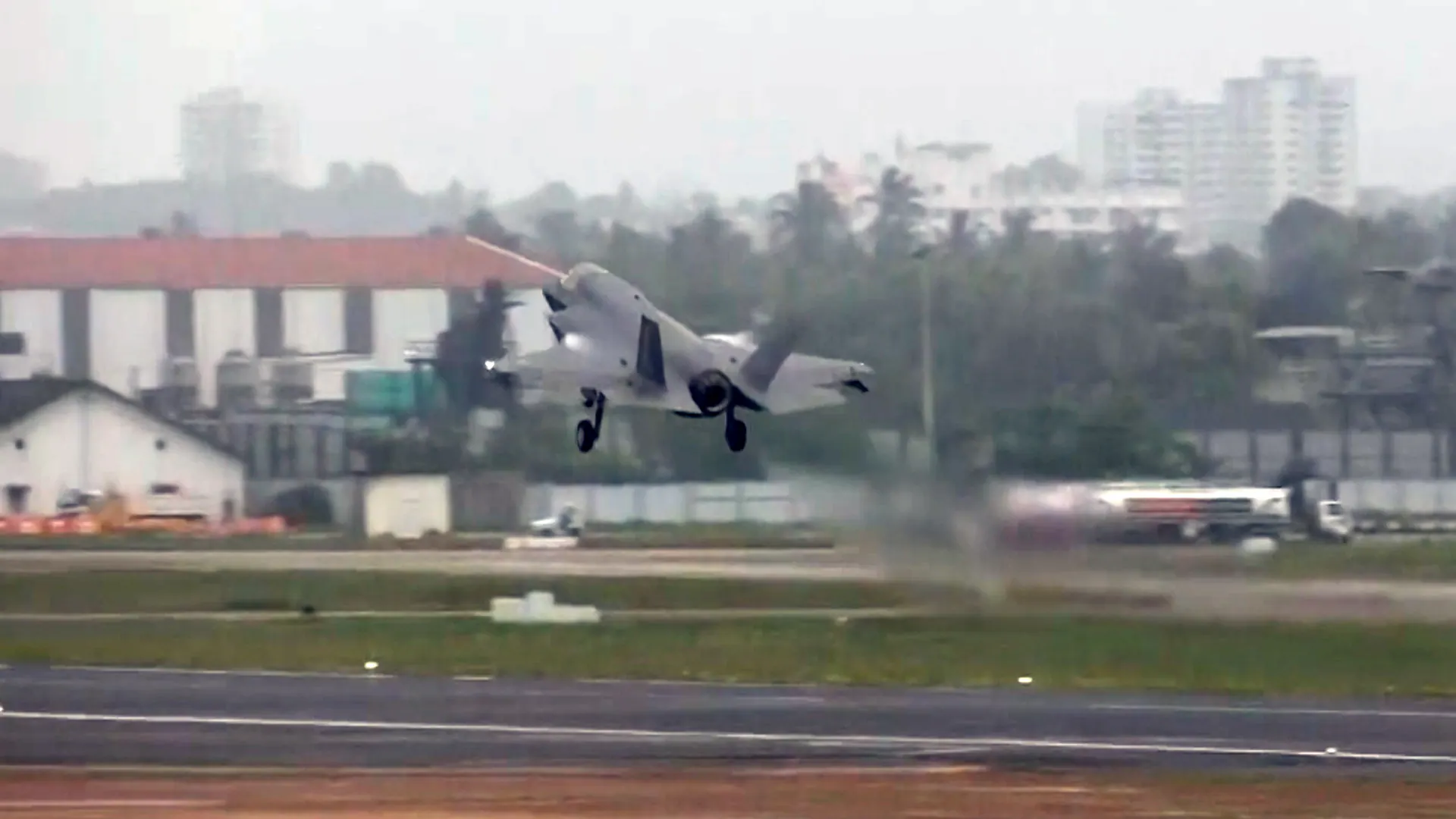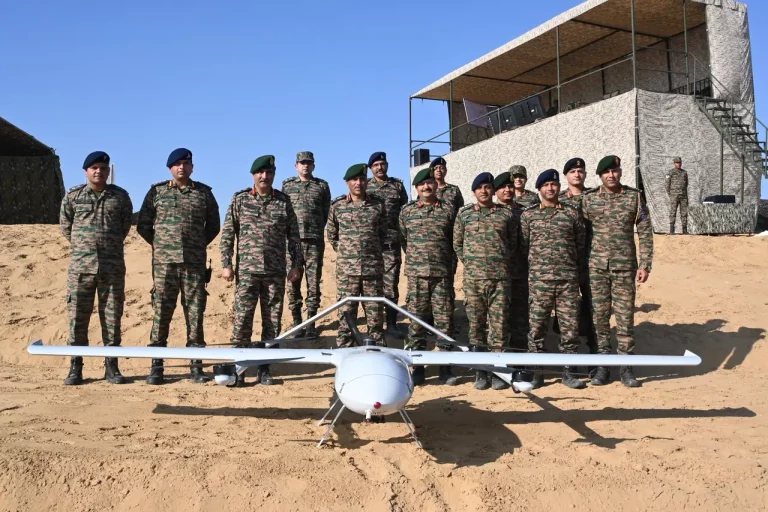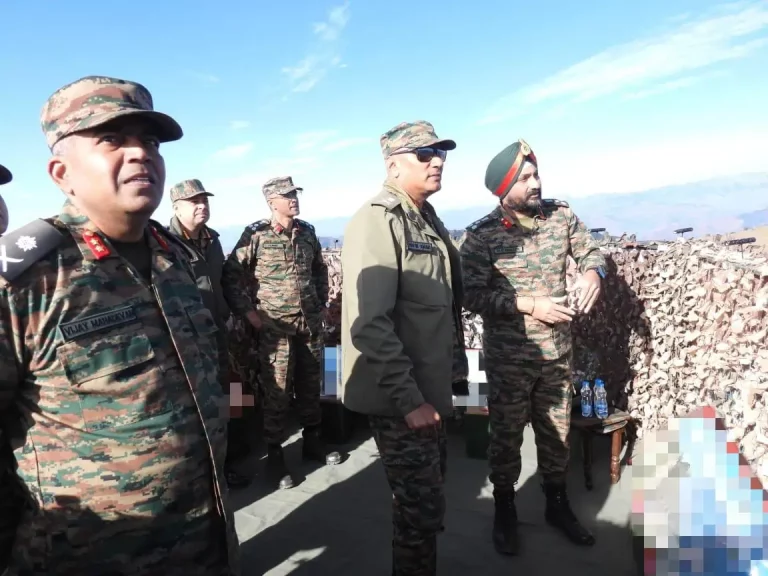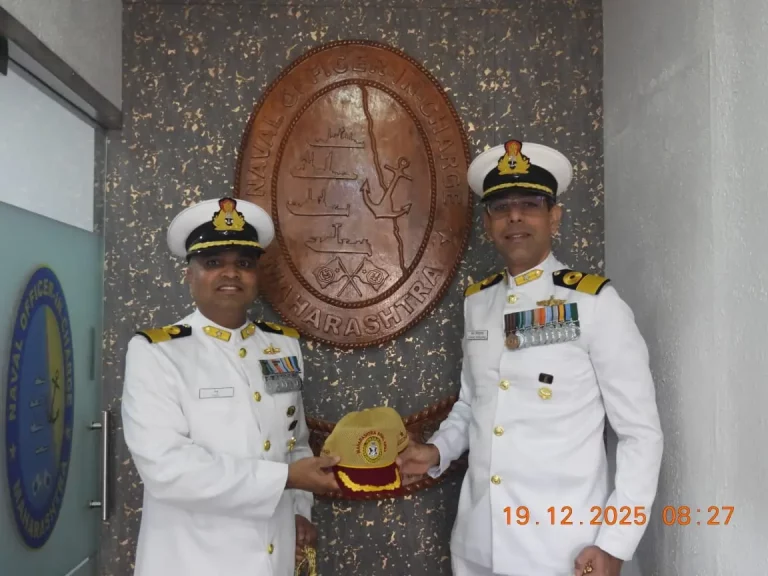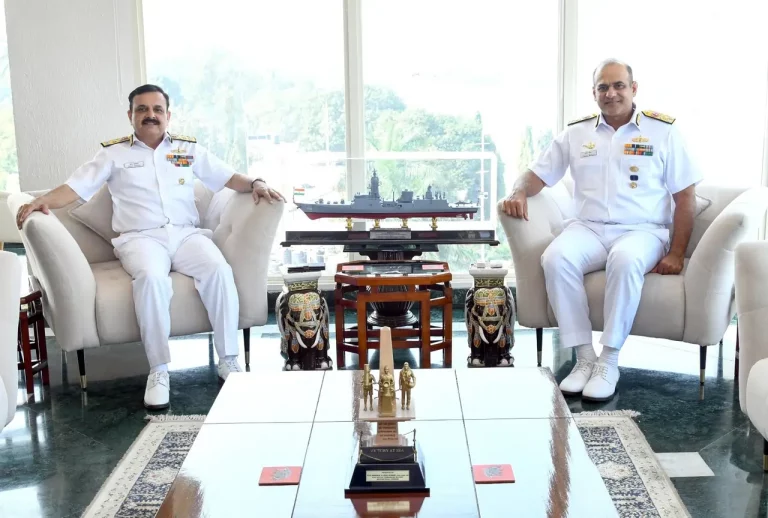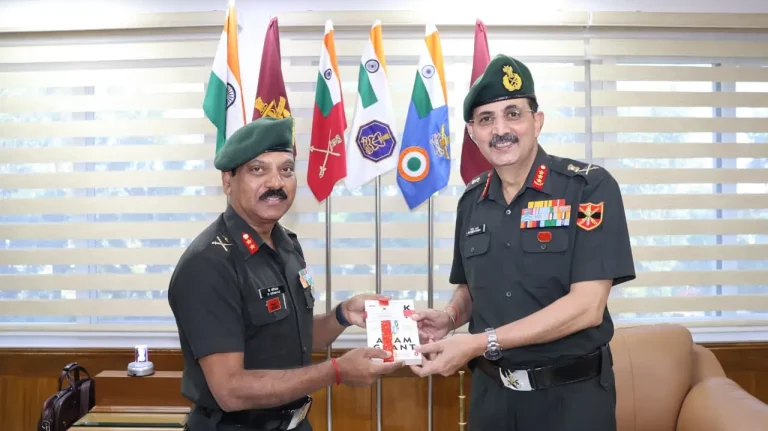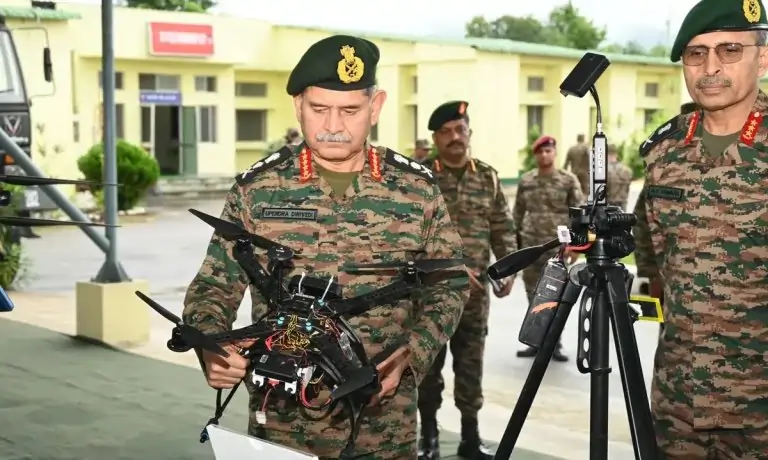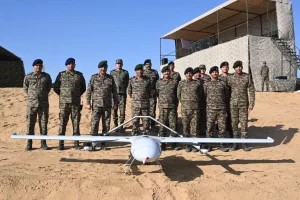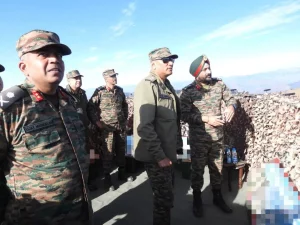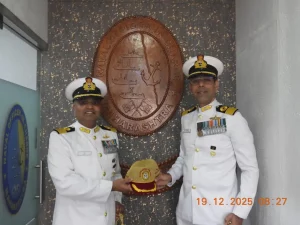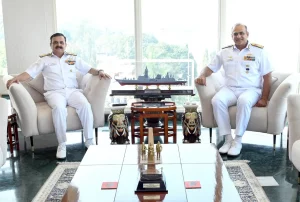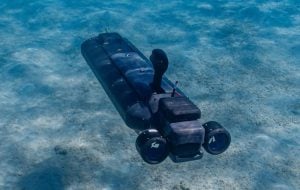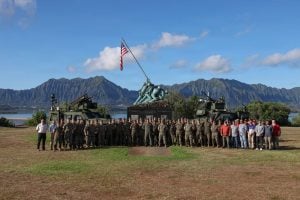A British F-35B stealth fighter jet, which has been stranded in Kerala since June 14, has successfully taken off from Thiruvananthapuram International Airport after undergoing extensive repairs. The aircraft made an emergency landing last month due to a hydraulic failure on its journey from the UK to Australia, necessitating a diversion to India amid concerns about low fuel and adverse weather conditions.
The F-35B is part of the UK Royal Navy’s HMS Prince of Wales Carrier Strike Group. Following its emergency landing, the aircraft was inspected and repaired by a specialized 24-member engineering team from the UK, who arrived in Kerala on July 6. This team brought specialized equipment necessary to manage the delicate repairs, as India does not currently operate the F-35 series.
A spokesperson from the British High Commission expressed gratitude toward Indian authorities and the airport staff for their invaluable support during the aircraft’s unforeseen stopover. The cooperation between the two nations facilitated a smoother process during this unexpected situation.
Throughout the five-week period that the jet remained on the runway, various efforts were made to either repair the aircraft in situ or to transport it back to the UK via a C-17 Globemaster, a large military transport plane. Ultimately, the decision was made to complete the necessary repairs in Kerala, allowing the aircraft to resume its journey.
The long stay did not pass unnoticed, generating considerable local interest. The daily parking fee exceeded ₹26,000, resulting in total costs that surpassed ₹9 lakh. The aircraft’s presence also turned it into a local attraction and a sensation on social media, with Kerala Tourism playfully commenting, “Kerala, the destination you’ll never want to leave.”
The F-35B, manufactured by Lockheed Martin, is regarded as one of the most advanced and costly fighter jets in the world. Its B variant is particularly notable for its ability to perform short take-offs and vertical landings, making it suited for operations from aircraft carriers without the need for conventional catapults.
